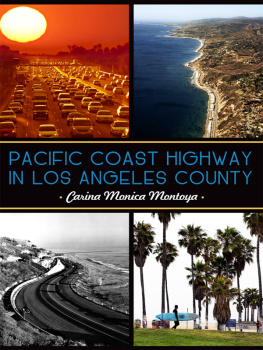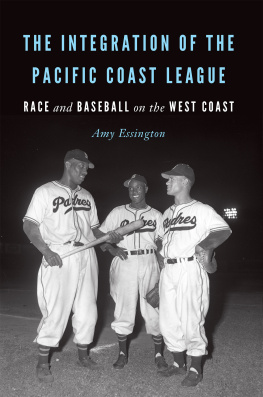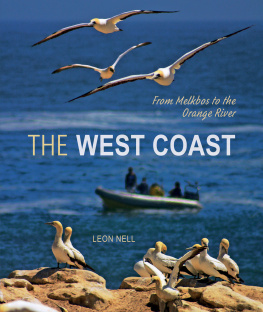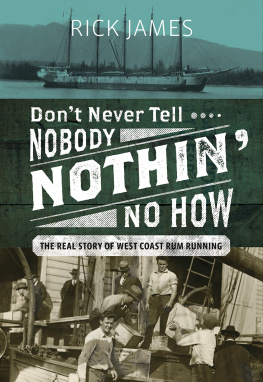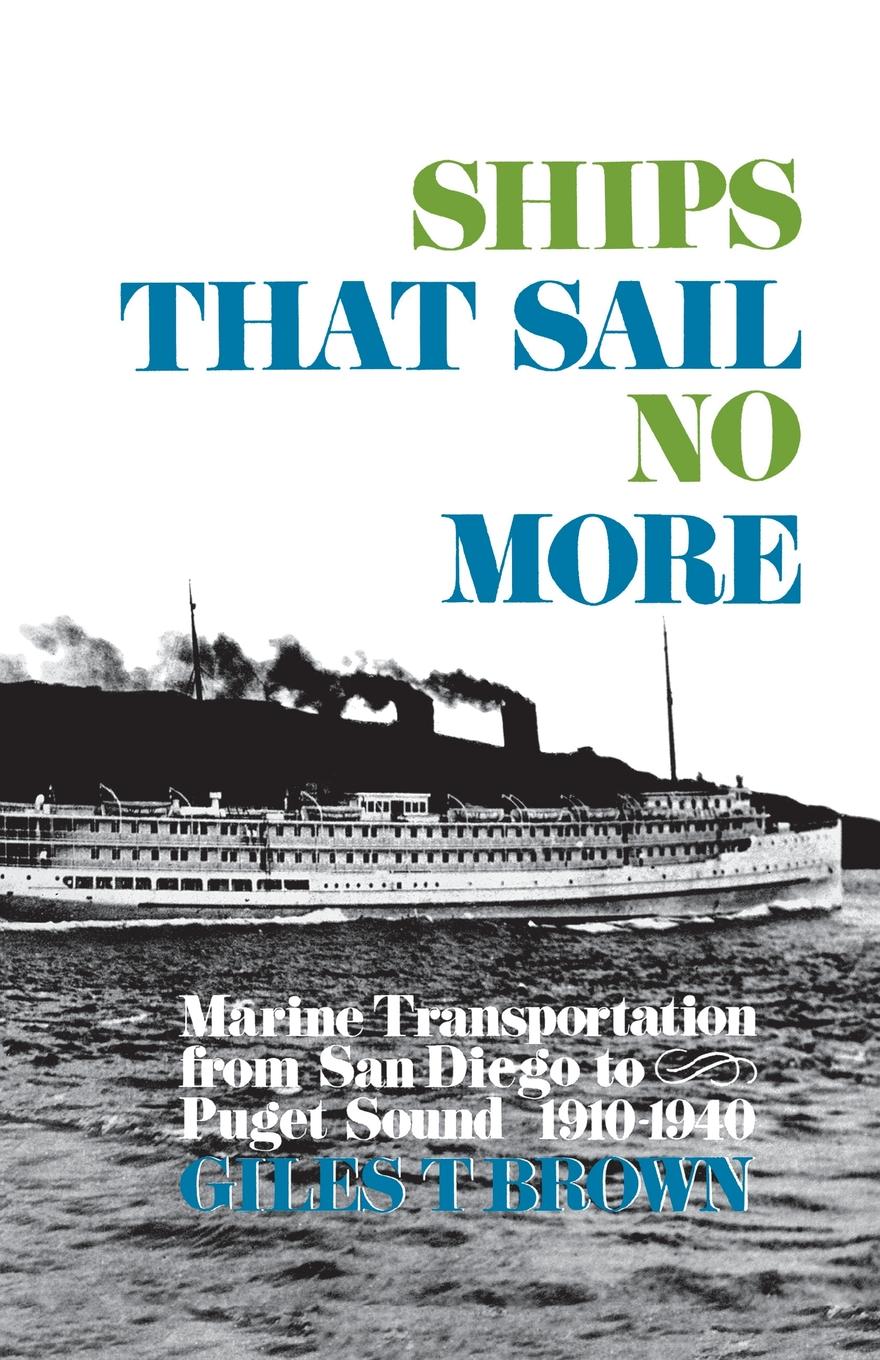Ships That Sail No More
Giles T. Brown
Ships That Sail No More

Marine Transportation
from San Diego to
Puget Sound, 1910-1940

COPYRIGHT 1966 BY THE UNIVERSITY OF KENTUCKY PRESS
MANUFACTURED IN THE UNITED STATES OF AMERICA
LIBRARY OF CONGRESS CATALOG CARD
NO. 66-16228
To A.W.B., E.L.K.B., and B.C.B.
who have encouraged
Foreword
THE HISTORY of the West Coast is inextricably tied to the history of shipping along that coast. American ships traded there before 1800, and the first Americans to settle in California and Oregon were dependent upon shipping for much of their contact with the outside world and with each other. In later years, the spectacular career of the railroads in the economy and politics of the Far West diverted public attention from maritime trade. Ships still plied the seas along the coast, however, offering some advantages to both shippers and passengers and providing stiff competition for the railroads. In this scholarly and authoritative volume, Dr. Brown has rescued from undeserved obscurity the story of shipping along the West Coast during the crucial years prior to 1940.
The title, Ships That Sail No More, suggests the romance of an age that is gone. There is some romance in these pages, but this book is valuable as a careful and well documented account of the rise and fall of one of the major American steamship companies of this centurythe Admiral Line: the manner in which it rose to power, the services it rendered, the competition it faced, the effects of its labor policies, and the factors which finally forced it out of business.
Dr. Brown is well qualified to tell this story. He is familiar with the Pacific Coast and with the history of that fast changing section. He knows ships, and he has had access to the records and papers of the principal steamship companies engaged in the trade. Out of this background, he has written a book which will be a significant contribution to the history of the Pacific Coast and to the economic history of the United States.
Harold Whitman Bradley Vanderbilt University
Preface
MUCH HAS BEEN written about the American merchant marine, the graceful clipper ships, the first ironclads, the trans-Atlantic steamers, and the trans-Pacific side-wheelers, but the sea lanes along the Pacific Coast of the United States have been somewhat neglected. Long after the sooty steam engine had begun to puff its way from Chicago to San Francisco on regular schedules, the people of the coastal cities and towns of western America depended upon the sturdy steamer for economic, commercial, and intellectual contacts with the outside world. Even after 1890 when a north-south rail line had been completed, the shipping industry was able to offer faster service than the trains for several years.
Just before World War I, the western coastwise shipping industry was involved in a struggle from which emerged the Pacific Steamship Company, the Admiral Line. The pages which follow present the life history of this line, its rivals, its attempts to monopolize the sea lanes, its drive to make the West Coast the hub of a great nautical empire which temporarily reached from Mexico to Canada, from the West Coast to the Orient, and from California to Nome, Alaska, and its eventual defeat. Out of these efforts developed plans for what became the round-the-world service of the Dollar Line and the present American President Line. The history of its almost three decades of aggressiveness includes World War I, wrecks, strikes, rate wars, and the Depression. It is a case study of American initiative, eagerness, success, and failure on a sea frontier. Two families, the Robert Dollars and the H. F. Alexanders, became shipping titans and rivals. In fact, H. F. Alexander once reportedly boasted that he was a bigger man than the Secretary of the Navy. This statement had some validity since Alexander was able to obtain possession of a naval ship, which the Navy did not want to sell, before the bids were opened. The story also includes the rivalry of the Hill and Harriman railroad empires to obtain and to retain a portion of the lucrative coastwise trade. James J. Hill dropped his original plan to extend a rail line into California and instead built two of the fastest ships ever to fly the American flag. They were named, appropriately enough, after the two Hill railroads, the Great Northern and Northern Pacific.
Today the ships are gone. Many went down in disasters, others served faithfully until sent to the scrap pile, and some helped America to win World War II although their industry had succumbed five years before Pearl Harbor. The zenith and fall of the Pacific coastwise transportation industry make a fascinating chapter in the transportation history of America. No longer do ships carrying passengers and cargo ply the sea lanes from San Diego to Puget Sound. They have vanished and with them a transportation system that did much to make possible the development of the area they served.
Limitations are necessary. The narrative is concerned principally with events which took place between 1910 and 1940, although these dates provide informal guidelines rather than serve as rigid determinants. The geographical limits are San Diego on the south and Puget Sound on the north. Thus the important and fascinating trade between the mainland and Hawaii and Alaska is excluded. The economic focus has been on those companies which provided a common carrier service vying for the patronage of the traveling and shipping public
In the field of scholarship, no person works alone. As has been noted in the following pages, many individuals have assisted in a variety of ways. In particular, the help, counsel and inspiration of Professor Harold Whitman Bradley have been important and deeply appreciated. The responsibility for the resultsboth good and badobviously rests on my shoulders alone.
G.T.B. Newport Beach Calif.
January, 1966
Contents
, by Harold Whitman Bradley |
Illustrations
ONE
The Beginning of an Era
WHERE BREAKERS ROLL

WHERE IT DIPS under the waters of the Pacific Ocean, the continental shelf of the United States creates a long jagged coastline of almost two thousand miles. Expressive names brighten the map of this area. Sister Rocks, Crooks Point, Dragon Rocks, The Turtles, Devils Gate Rock, Hunters Cove, and a host of others quicken the imagination. Cape Disappointment, Cape Shoalwater, and Cape Foulweather remind one of the treachery of the sea. Cape Flattery and Destruction Island, though close geographically, are distant in connotation. These place names also reveal the mixture of peopleswho dared the elements to settle the West Coast. Cape Perpetua (everlasting), Cape Fortunas (good luck), Point Gorda (large), Point Delgada (thin or slender), Point Sur (south), and Point Arguello (lack of health) are Spanish. Point Cabrillo, Lopez Point, Coronado Islands, Point Vincente, and Cape Vizcaino commemorate those Iberians who sailed from Mexico as far north as Juan de Fuca Strait and present-day British Columbia. The Russians have left Fort Ross and Russian Gulch. Drakes Bay marks the exploits of the daring Englishman. PortuguesePoint adds another nationality and Yankee Point a fifth. Dana Point became world famous because of a sickly college student and his book,



